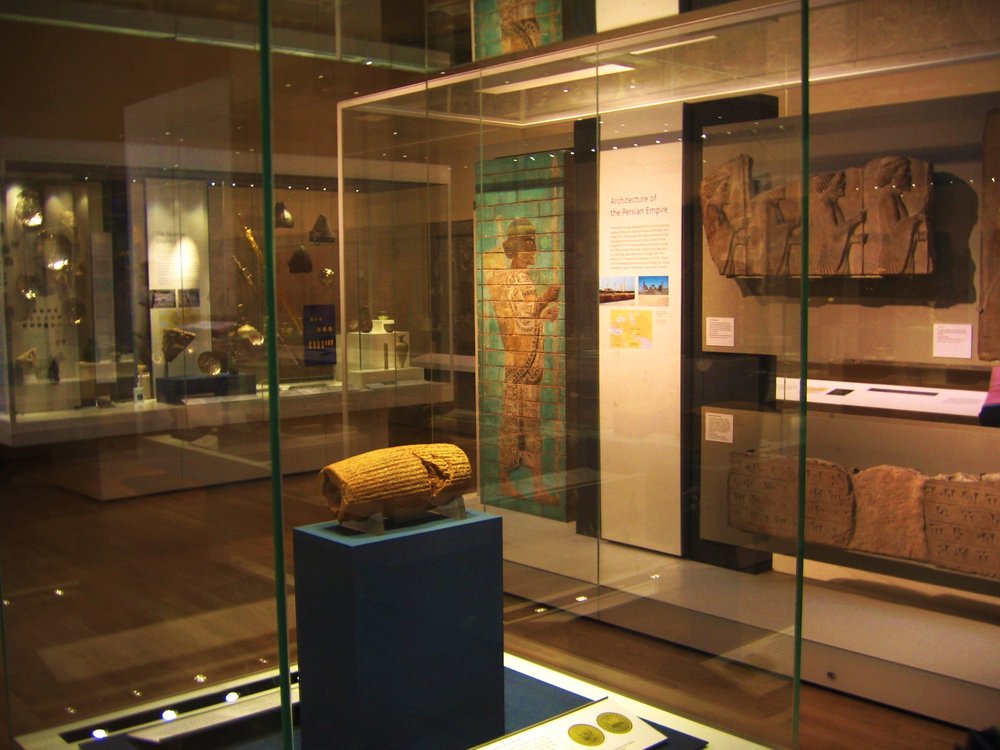Persian antiquities found in almost all museums worldwide

TEHRAN – People around the world visit countless pieces of antiquities from the Persian Empire in different museums every day, without ever asking themselves how those relics ended up thousands of kilometers away from their home in Iran, Press TV wrote in a recent article.
“Almost all museums across the globe feature ancient Iranian relics,” the outlet quoted Seyyed Mohammad Beheshti, the former director of the Research Institute of Cultural Heritage and Tourism, as saying on Saturday.
Among those are some 4,000 artifacts taken from Persepolis, the ancient Persian capital which was once called the “richest city under the sun”, he said.
According to Beheshti, around 80 percent of the objects in the Arab World Museum in Paris also belonged to Iran.
Experts say that Western governments have long tried to cover their involvement in the systematic plunder of Persian antiquities and archaeological finds.
However, over the past couple of years, Iran has managed to repatriate some of the stolen relics, most of them still remain in possession of museums in the U.S. and elsewhere, helping them generate millions of dollars in income.
Dr. Mohammad Gholi Majd, who has a PhD in Agricultural Economics from Cornell University, has managed to shed more light on the manner in which the U.S. government guided and assisted American museums in acquiring vast quantities of Iranian antiquities.
In his 2003 book “The Great American Plunder of Persia's Antiquities 1925-1941,” Majd uses recently declassified U.S. State Department records and other available sources to document this process, the report said.
Majd also describes “the looting of Persia’s mosques and shrines, the transfer of these religious artifacts to London, and the subsequent acquisition of some of the objects by such museums as the Metropolitan of New York,” according to an online review.
The importance of the antiquities story in American-Persian relations has remained unrecognized and much more needs to be done in this regard, the author explains.
Last September, an exquisite Achaemenid-era relief, which is estimated to be worth $1.2-million, was handed back to Iran under a rule laid down by a U.S. court.
Iran tourism chief Ali-Asghar Mounesan said earlier this month that Iran has traced two of the same carvings, taking steps to recapture them.
AFM/MQ/MG
Leave a Comment